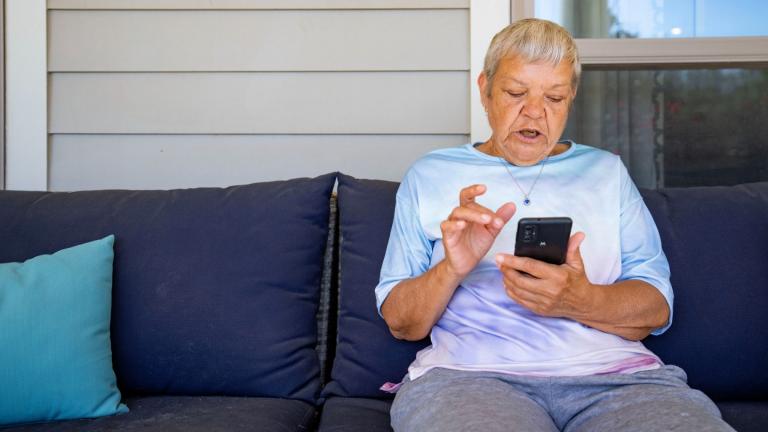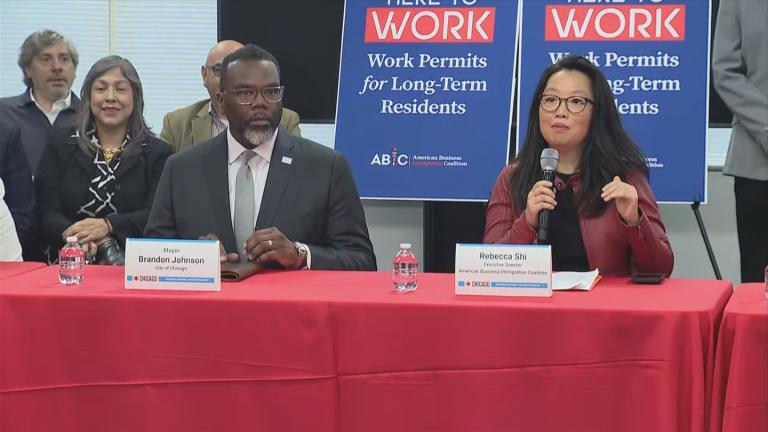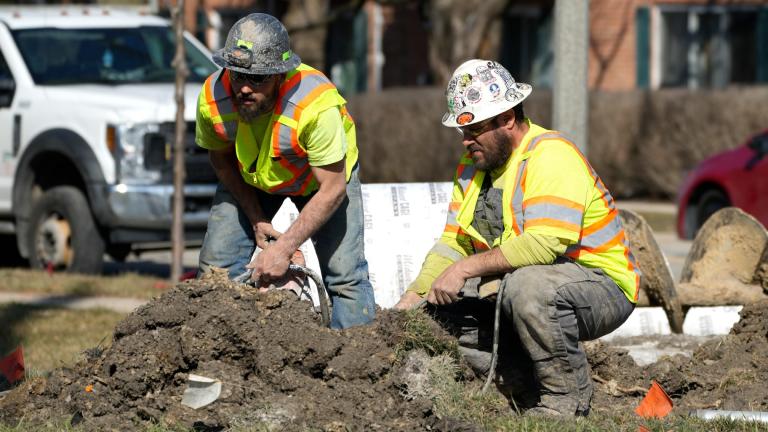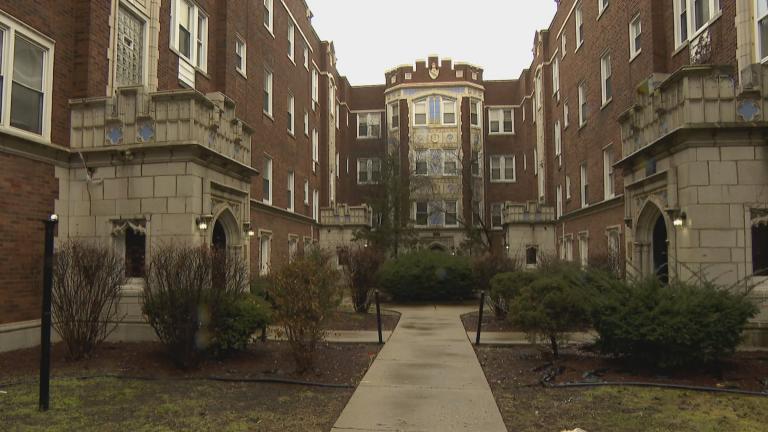Food insecurity is on the rise as the country grapples with the sixth month of the pandemic.
Survey data from the Census Bureau shows that 1 in 10 Americans does not have enough food, and that food insufficiency among children has risen over the summer.
Meanwhile, a recent poll by NPR, the Robert Wood Johnson Foundation and Harvard’s T.H. Chan School of Public Health found that in Chicago, 17% of households say they can’t afford to pay for both their food and bills.
At the Greater Chicago Food Depository, need has increased by 120% since January, according to Nicole Robinson, the vice president of community impact at the organization, which works with more than 700 food pantries, soup kitchens, shelters and other programs.
Before COVID-19, food insecurity had been decreasing, said Angela Odoms-Young, an associate professor of kinesiology and nutrition at the University of Illinois at Chicago.
“One thing we have not seen change, even over many years, is that gap, that racial and ethnic gap in food insecurity. That’s persisted for many years, and now with COVID it’s just exacerbated,” Odoms-Young said. “We know in communities on the South and West sides we have that historic disadvantage and that history disinvestment. So when you lay a pandemic on top of that, already we have a wealth gap, already we have an investment gap, a resource gap, an opportunities gap, it just becomes wider.”
Robinson agrees, citing high rates of chronic health conditions, high unemployment rates and life expectancy gaps.
“What we knew about communities on the South and West sides of the city is that there was a silent pandemic happening before COVID-19,” Robinson said. “What this public health crisis did was shine a really big light on it.”
As the coronavirus pandemic persists, Robinson expects the need to increase.
“The pandemic has tested what we are able to do,” Robinson said. “We’ve really had to ramp up our efforts at the food depository by getting more food, creating new partnerships, because there’s also a gap around trust.”








